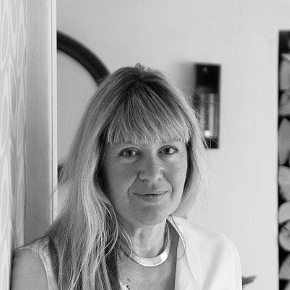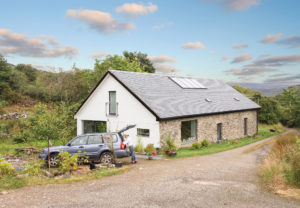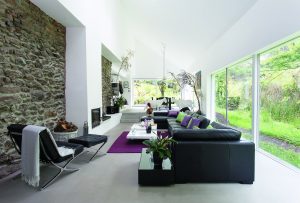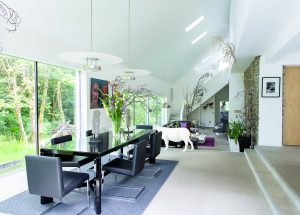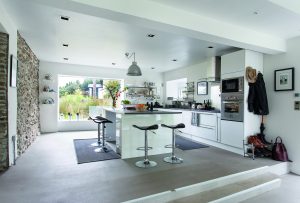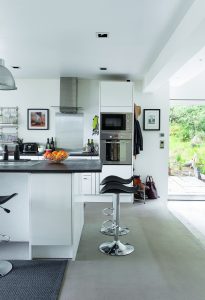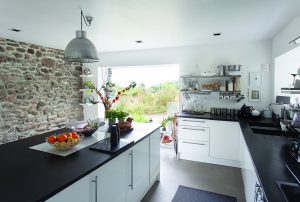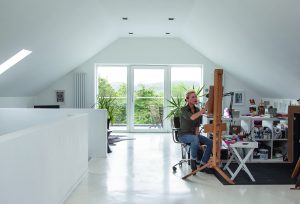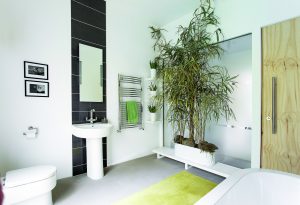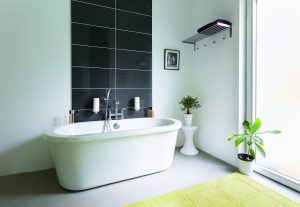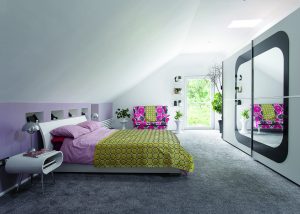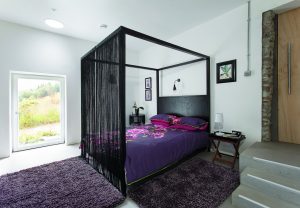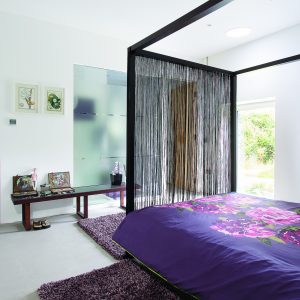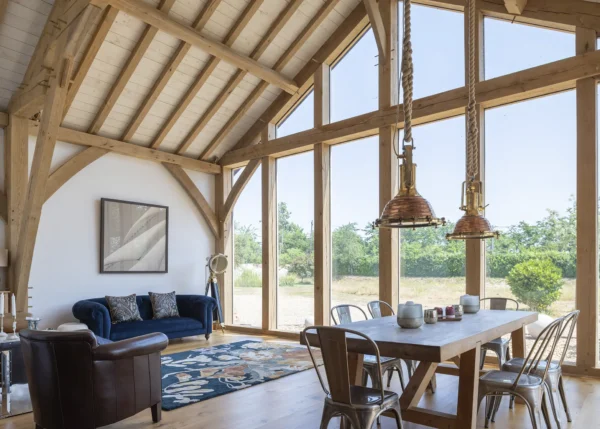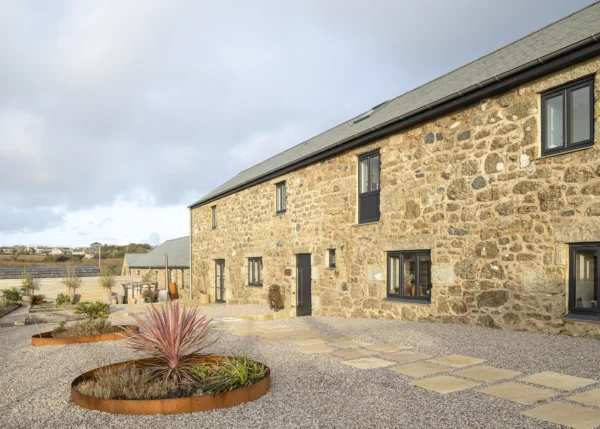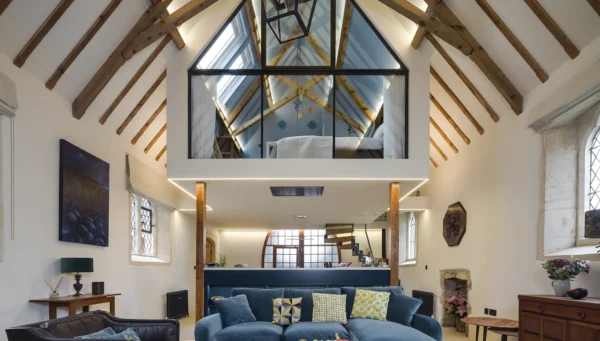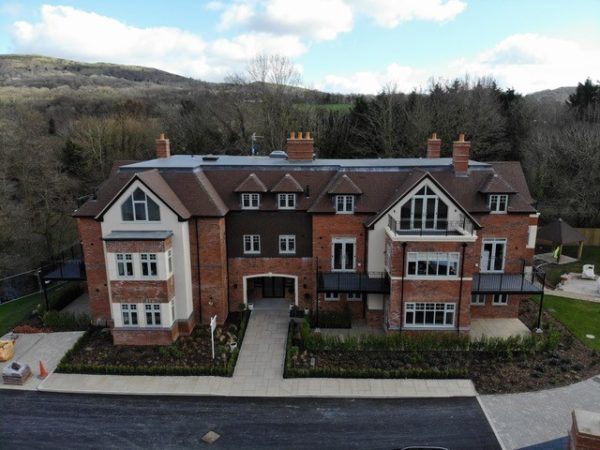Contemporary Barn Conversion & Extension
When the Forestry Commission put a patch of land up for sale in 2003, Heather Nevay and her partner John Burke instantly recognised its potential. The plot included 1.5 acres of woodland, a cow byre – which the organisation was using as a workshop – and a small, dilapidated cottage that had been used as an office.
By 2005 the couple had renovated the latter, which they transformed into a cosy one-bedroom, Scandinavian-style house, clad in timber both inside and out. Although they planned to rent out the property in the future, they decided to move from their current home in Glasgow and into the revamped dwelling. The main reason for this was so that they were located nearby to their next venture – transforming the byre into their ideal contemporary barn conversion.
They saw the cow byre as an exciting opportunity for creativity, plus they knew that they would thoroughly enjoy the satisfaction of being able to watch it all come together. “Our Glasgow home was cluttered and featured dramatic period details, so creating the Scandinavian look of our first project was fun, but we saw the barn conversion as something to really sink our teeth into,” says Heather.
Clear vision
The pair knew exactly what they wanted to achieve in the building. Positioned on a slope, the barn featured three chambers; each was stepped up slightly from the previous one, offering the opportunity for definition and interest in the structure’s transformation.
- NamesHeather Nevay & John Burke
- LocationTighnabruaich, Argyll
- ProjectConversion & extension of a cow byre
- StyleContemporary
- Construction methodTimber frame, blockwork and steel frame
- Plot cost£94,000
- House size290m²
- Build cost£261,000
- Total cost£355,000
- Project cost per m²£900
- Construction timeSeven years
Heather could clearly envision the best layout – it would be largely open plan, with steps and turns indicating new zones. New additions to the structure would include an upper storey inserted across the original part of the barn, and a long extension with tall ceilings down the side to host the main living areas.
They wanted the building to be contemporary, but with a natural vibe. A key inspiration for the look was the Burrell Collection museum in Glasgow – a modernist masterpiece positioned in front of woodland. “The large floor-to-ceiling windows at the back of the building look out onto dense trees,” says Heather. This was the kind of panorama that they wanted to achieve in their new home.
As well as lots of glazing, they wanted stone, slate and steel to feature heavily both inside and out. “I didn’t want to include any natural wood because we used it lots in the cottage refurb,” she says. “Plus, I felt the dwelling should contrast with its woodland position.”
With no particular rush to get the barn conversion finished in a certain timeframe, the couple decided to undertake most of the work themselves to save money. “We just took our time,” says John. “We funded it ourselves, so didn’t need to take out a mortgage. We simply did jobs as and when we could afford to complete them. It was hard and we occasionally ran out of steam, but we just kept going.”
However, they did need some help from the experts along the way, especially when it came to forming the new extension.
Getting to watertight
After sailing through planning, the couple hired local builders, Paul Morley & Sons, to work on the shell of the byre and extension, and leave a weatherproof structure for Heather and John to get started on.
“We found that other contractors refused to quote for the works unless they could do the whole job,” says John. “But thankfully this team were happy to do what we wanted and we actually ended up forming a very good working relationship with them.”
The builders partially deconstructed the barn and completed the groundworks, external walls, windows and doors, internal floors and drainage. Some of the details in the brief were quite tricky to achieve, such as perfectly aligning the largely frameless windows with the hand-screeded, resin flooring.
Luckily the team was motivated and understanding, plus John (who took on the role of project manager on the build) is very practical and had thoroughly researched the details, so knew what needed to be done and when.
Natural light and the views are key features throughout the house, realised thanks to the use of expansive glazing. Windows have also been installed into some internal walls to create an airy atmosphere. Rooflights filter extra daylight into the living areas and sunpipes illuminate the downstairs bedrooms, which are positioned below the upper storey.
Creating a habitable space
With the assistance of their good friend Greg Yuille and a few other helping hands along the way, the couple completed most of the fit-out themselves. “It took five years to get to a state for us to move in,” says Heather. “To be honest, if I had known how long it would take and how hard it would be, then I might not have done it.”
They got started by forming internal walls using timber studwork, packing insulation in and sealing off with plasterboard. Finishing the ceilings turned out to be a particularly laborious task. “It was a real test of endurance because they are so high,” says Heather.
Another tricky element was choosing and installing the central heating. “We are off the mains network here and didn’t want a Calor gas or oil system,” says John. Instead, they’ve chosen a renewable setup, which includes solar thermal panels to provide hot water, with an electric back-up, underfloor heating, a woodburning stove with back boiler and radiators upstairs. They’ve also installed a septic tank for waste water.
As is often the case with a project that doesn’t have a defined timeframe, the build soon crept over budget. “We wanted to use good quality finishes because we felt the beauty of the space merited it,” says Heather. “Our hand-screeded resin flooring was expensive, for instance, but we just saved up and paid for bits as we went along.”
Nearly there
The couple moved into the house in 2012, but there was still a lot to do. They took several years on the finishing touches, which included decorating, hanging artwork and choosing furniture. The white painted walls have acted as a blank canvas, helping Heather to establish a modern, industrial feel in the new house.
“I’d be up for adding some darker shades in the future, once we’ve really settled in,” she says. “But the extensive glazing brings plenty of colour into the living spaces from outside.” Artwork features heavily throughout, but the paintings and sculptures are those of friends and artists they admire rather than Heather’s own.
It’s nearly a decade since they started the project and there’s still work to do. “We’ve been a little unmotivated with the landscaping because the setting is so beautiful, but we have a lot of ideas,” says Heather. “I’m thinking about creating an abstract scheme in the style of Charles Jencks with some terraced, swirled lawn sculptures.”
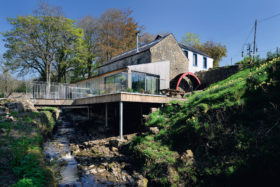
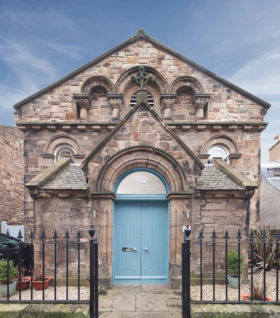






























































































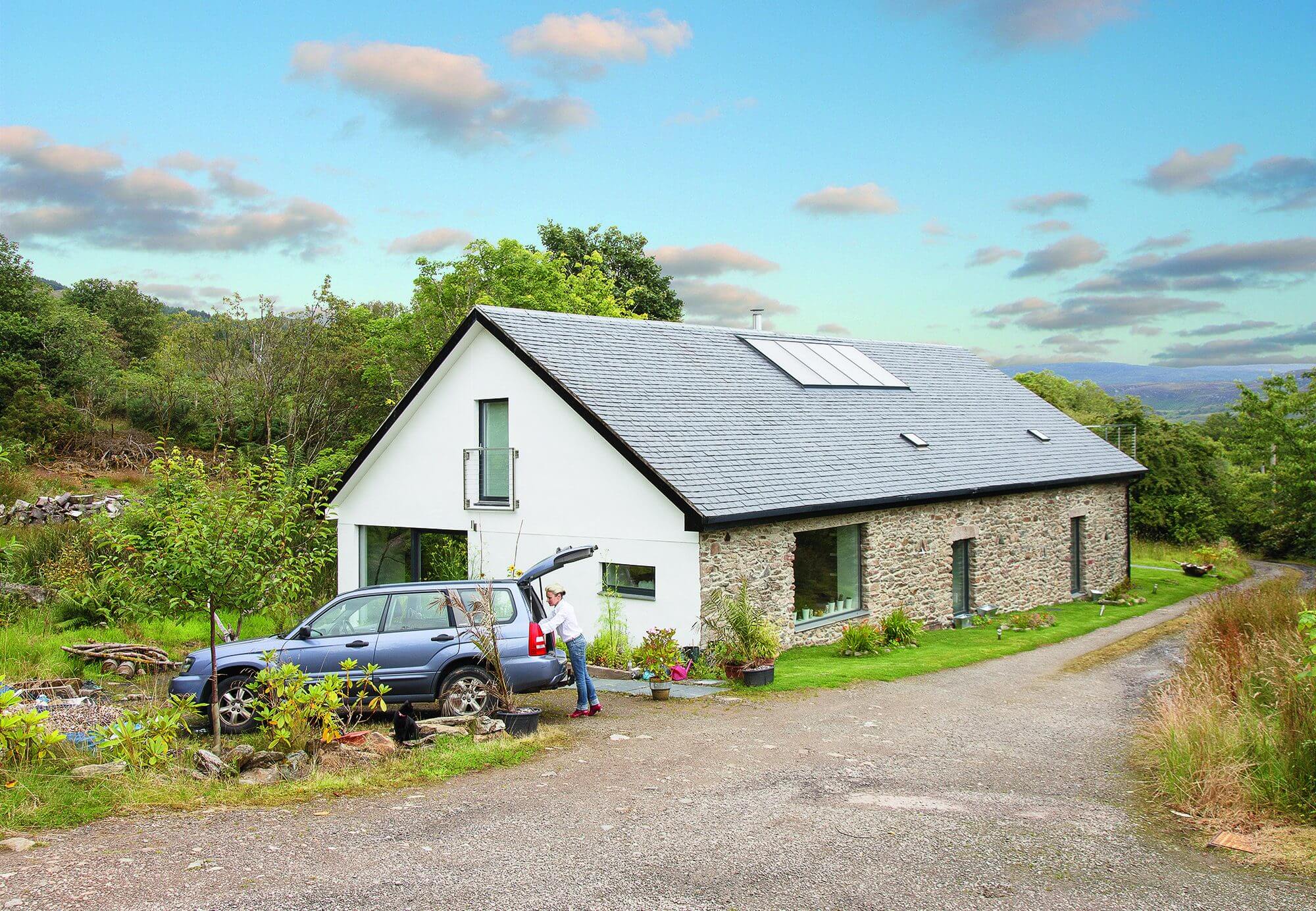
 Login/register to save Article for later
Login/register to save Article for later
